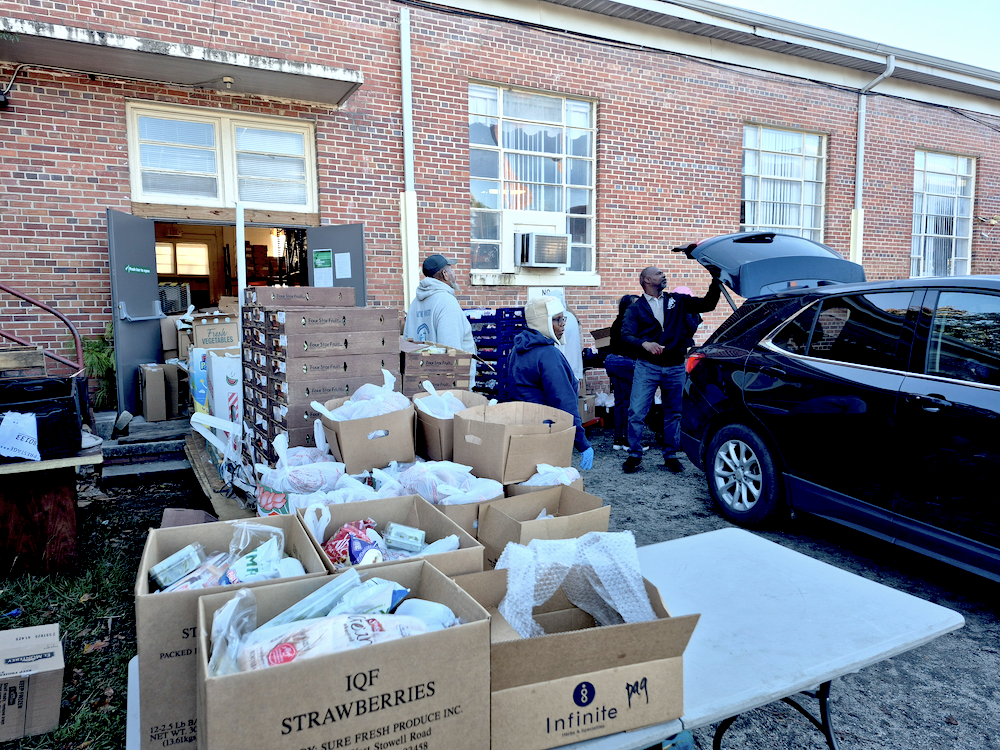
The Partners In Ministry Community Resource and Referral Center is located on our main campus in East Laurinburg. We exist to connect individuals and families to the available resources to help meet their basic needs. In addition to the services located on our campus, we maintain a resource directory to assist with referrals to additional services. Our philosophy is for the families we serve to become active volunteers and supporters of Partners In Ministry. It is our goal for families to support others who need assistance, by providing a hand up for other families.
The food pantry is open Fridays from 9:00am to 11:00am, except for some holiday weekends. Our food pantry is operated by our volunteers and participants from our Youth Empowered to Succeed (YES) program.
Additionally, Partners In Ministry representatives are available to assist with applications for The Emergency Food Assistance Program (TEFAP). TEFAP is a federal program that helps supplement the diets of low-income Americans by providing them with emergency food assistance at no cost. For more resources for senior food insecurity, visit Aging In Place.
Partners In Ministry operates a community garden at our main Campus in East Laurinburg to provide access to healthy food options and teach the community about sustainable gardening. The community garden is led by Ben McCallum with the support of students from Youth Empowered to Succeed (YES), Department of Social Service workers and volunteers.
Additionally, Partners In Ministry is currently developing a food forest on the main campus. Essentially, a food forest is a garden primarily centered on perrenial plants (vegetables, fruits, herbs, shrubs) that do not need to be replanted every year.
Here are the basic planting concepts involved in developing a food forest: